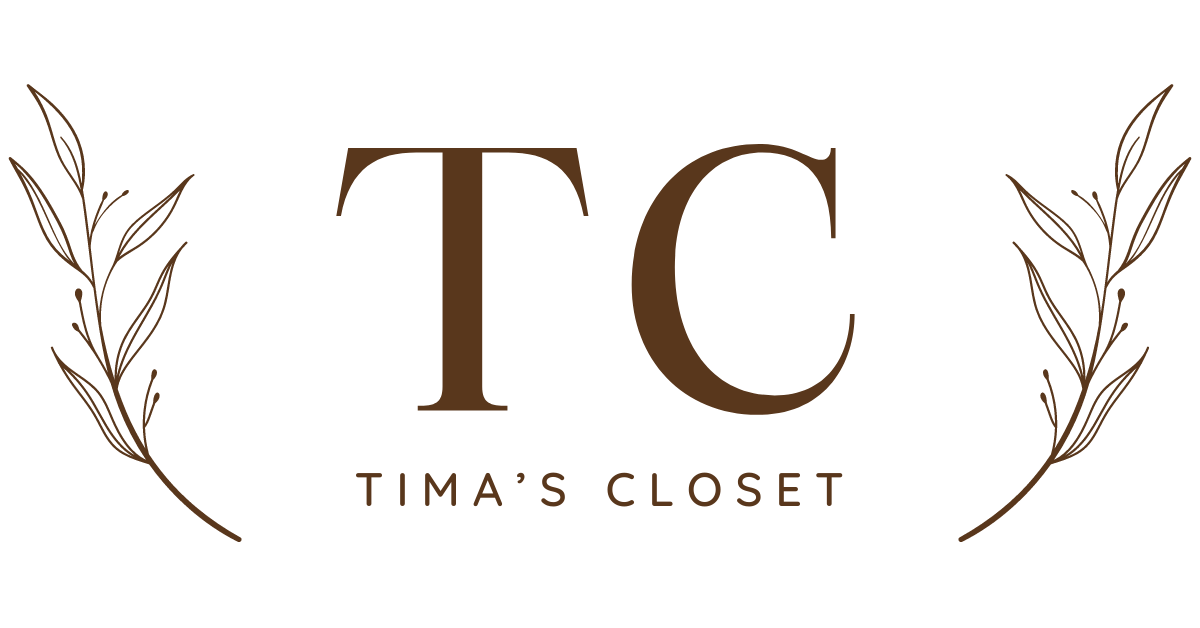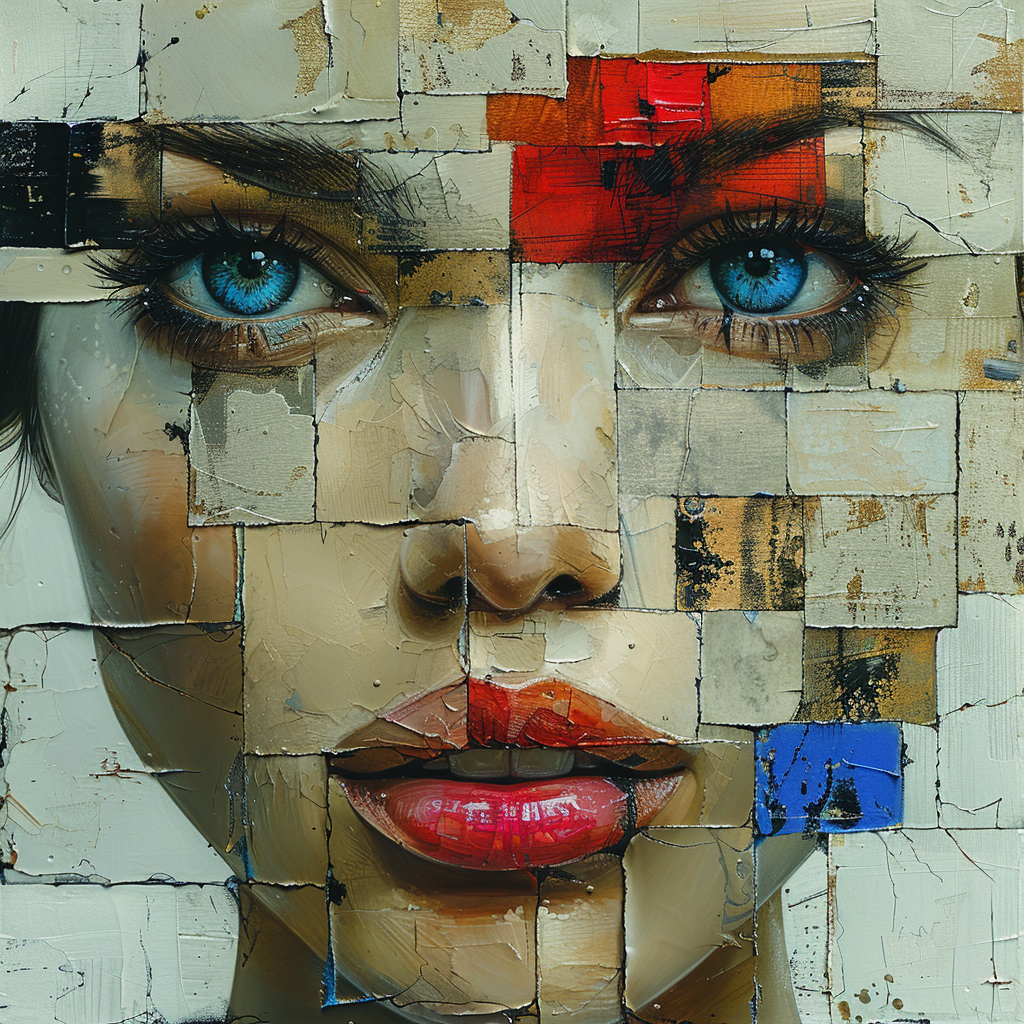Some days, I wake up and instinctively reach for a soft oversized sweater. Other days, it’s tailored trousers and a sharp blazer, even if I’m just dropping off my daughter at school and working from home. The difference isn’t random. It’s emotional.
The clothes we choose aren’t just reflections of our taste, they’re translations of how we feel (or how we want to feel). Fashion is often discussed as a visual language, but it’s also an emotional one. Every color, texture, and silhouette we choose says something, not to others, but to ourselves.
And once you start paying attention to that connection, getting dressed becomes a completely different experience.
The Mood Behind the Mirror
Think about your go-to “power outfit.” The one you put on before a big meeting or event. You know that slight shift that happens when you zip it up, fasten the buttons, or slip into those shoes? That’s not vanity, that’s energy.
Clothes have the power to trigger confidence, calm, or comfort because they act as external cues for internal states. It’s the same reason a structured blazer can make you feel focused or why your favorite hoodie feels like a hug.
Psychologists call this “enclothed cognition,” the idea that what you wear can directly influence how you think and perform. Studies have shown that people wearing formal clothes feel more authoritative, while those in casual wear feel more creative and relaxed.
Fashion isn’t shallow, it’s emotional architecture.
Color as Emotion
Color psychology plays a huge role in how we dress, even when we’re not aware of it.
- Neutrals (like beige, ivory, and taupe) signal calm and clarity. They create a sense of control and stability.
- Blues and greens evoke balance and peace, great for grounding days.
- Red is energizing and assertive; it’s the color of movement and confidence.
- Black often represents strength or focus, but also protection, it’s what we wear when we want to feel put-together, even when we’re not.
- Soft pastels like blush or lavender bring emotional gentleness, often chosen when we crave calm or comfort.
Our wardrobes are full of emotional choices disguised as style preferences.
When you start noticing your patterns, you’ll realize that your closet is basically a mood diary.
The Armor and the Expression
There are days when clothes are our armor, a way to hold ourselves together when we feel scattered. A crisp white shirt, structured coat, or a clean monochrome outfit can help you project stability when you’re craving it.
Then there are days when clothes are our expression, an extension of joy, creativity, or rebellion. A bold color, a flowing skirt, a unique accessory, they’re not about impressing anyone. They’re about alignment.
Both are valid. Both are emotional intelligence in fabric form.
The trick is learning to listen, to dress with your emotions instead of againstthem.
When Fashion Becomes Emotional Regulation
We don’t often think of clothing as a tool for emotional regulation, but it can be one of the most immediate, accessible forms of self-care.
Think about it: changing your outfit can instantly change your mindset.
Feeling anxious? Slip into something soft, neutral, and breathable.
Feeling stuck or unmotivated? Put on something structured — something that makes you feel ready.
Feeling invisible? Add color.
It’s not superficial, it’s sensory.
Texture, temperature, and fit all send signals to the body. Tight or synthetic clothing can increase tension. Soft, natural fibers can calm your nervous system. Style is psychology made tangible.
Dressing With Intention
I’ve started practicing something I call “intentional dressing.” It’s simple: before I get dressed, I ask myself one question —
“How do I want to feel today?”
Not “what’s trending” or “what looks good,” but how do I want to feel.
Some mornings, I want focus, so I’ll wear something clean and neutral. Other days, I need softness — so I’ll layer something cozy. When I’m low on energy, I’ll add structure to help lift me. When I’m creatively blocked, I’ll play with color or texture.
The difference is subtle but powerful. Dressing becomes an act of emotional alignment, not performance.
It’s no longer about trying to fit in, it’s about fitting yourself.
The Trap of Dressing for Perception
Of course, we’ve all dressed for perception, the version of us we think others want to see. We’ve curated outfits not for self-expression, but for approval.
And while that’s sometimes necessary (fashion is social, after all), it can become draining if it’s the only mode you operate in.
When we over-prioritize “looking the part,” we risk disconnecting from “feeling the part.” The irony? The people who seem most effortlessly stylish are often those dressing most authentically.
Confidence doesn’t come from the right outfit, it comes from alignmentbetween who you are and what you wear.
Personal Style as Emotional Awareness
Developing personal style isn’t about figuring out what looks best, it’s about discovering what feels best.
It’s emotional awareness made visible.
Notice what you reach for on good days and bad days. What textures comfort you. What silhouettes empower you. Over time, you’ll start to see patterns, a personal visual language emerging.
That’s your style signature, not the trends you follow, but the emotions you honor.
My Own Mood Dressing Moment
There was a point when I was dressing purely for perception, trying to look “put-together” even when I felt anything but.
But one morning, I decided to flip the script. I stopped asking, “What will look best on me?” and started asking, “What will support me today?”
That day, I wore something soft and familiar. Nothing new. No statement pieces. Just what felt good.
And oddly enough, that’s the day someone told me, “You look really happy.”
It wasn’t the outfit. It was the alignment.
Closing Thoughts
Fashion is often dismissed as frivolous, but if you look closely, it’s full of emotional truth. The clothes we wear hold memories, moods, and messages, sometimes even before we realize it ourselves.
Getting dressed is one of the first things we do every day. It’s a ritual that deserves more mindfulness than we give it.
When you start choosing outfits not just for how they look but for how they feel, everything shifts. You begin dressing with emotional fluency. You start seeing your wardrobe not as a collection of trends, but as a collection of tools.

